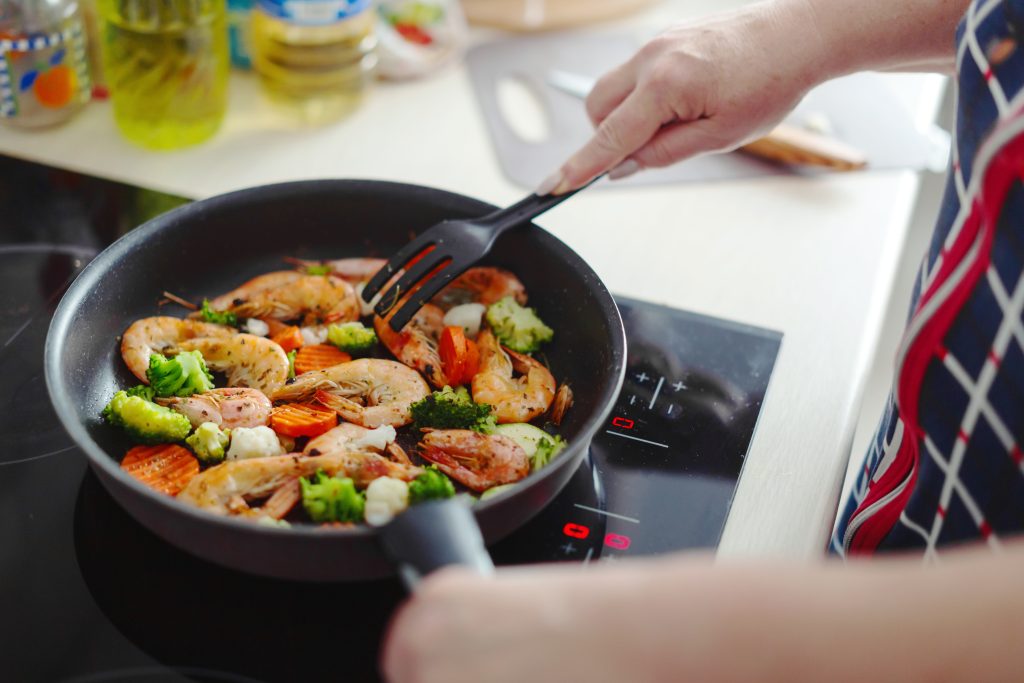What is PTFE? A Comprehensive Guide to This Essential Non-Stick Material
PTFE, or polytetrafluoroethylene, is a synthetic fluoropolymer that plays a crucial role in modern non-stick cookware. Widely used in various industrial applications, it’s best known for its exceptional non-stick properties under the brand name “Teflon.” Discovered by accident in 1938 by chemist Roy Plunkett at DuPont, PTFE revolutionized the cookware market with its low friction and non-reactive qualities, making it a staple in kitchenware today.
What is PTFE and Its Impact on Cookware
Originally developed for industrial applications, PTFE was introduced to the world of cookware and quickly transformed kitchen experiences globally. Before PTFE, cooking often meant dealing with burnt crusts and hours of scrubbing dishes. PTFE changed that with its exceptional non-stick surface, making both cooking and cleaning much more convenient.
Explore more invaluable cookware tips and tricks in our Blog section.
Why is PTFE So Popular?
PTFE offers a unique combination of properties that contribute to its popularity:
- Heat Resistance: PTFE can withstand temperatures up to 500 degrees Fahrenheit without degrading.
- Chemical Inertness: It resists most chemicals and does not react negatively with foods during cooking.
- Low Friction: With one of the lowest coefficients of friction, PTFE is incredibly slippery.
- Durability: When properly maintained, PTFE-coated pans have a long lifespan, thanks to their durable non-stick coating.
The Benefits of PTFE
PTFE offers a unique combination of properties that contribute to its popularity:
- Heat Resistance: PTFE can withstand temperatures up to 500 degrees Fahrenheit without degrading.
- Chemical Inertness: It resists most chemicals and does not react negatively with foods during cooking.
- Low Friction: With one of the lowest coefficients of friction, PTFE is incredibly slippery.
- Durability: When properly maintained, PTFE-coated pans have a long lifespan, thanks to their durable non-stick coating.

How PTFE is Applied
To create a non-stick surface, the base of the pan, typically aluminum or stainless steel, is sandblasted and then coated with PTFE. Multiple layers of PTFE enhance the durability of the non-stick coating compared to a single layer.
How to Look After Your Non-Stick Pan
Despite its durability, PTFE-coated pans require proper care:
- Use Wood or Silicone Utensils: Metal utensils can scratch the surface, damaging the non-stick feature.
- Gentle Cleaning: Avoid abrasive cleaners; use a soft sponge and mild dish soap instead.
- Avoid High Heat: Do not exceed temperatures above 500 degrees Fahrenheit to prevent degradation.
- Proper Storage: To prevent scratches, place a cloth or paper towel
Nonstick Safety and What You Need to Know
There have been misconceptions about non-stick cookware due to past use of chemicals like PFOA. However, modern PTFE-coated cookware does not contain PFOA and is considered non-toxic if not overheated.
Signs That Your Non-Stick Pan Is Due for Retirement
Even with careful use, a non-stick pan will eventually lose its effectiveness. Look for signs like food sticking or large flakes coming off, which indicate it’s time to replace the pan.
The Bottom Line
Understanding what PTFE is and how it benefits cookware can enhance your cooking experience. By properly caring for your PTFE-coated pans, you can enjoy effortless cooking and easy cleanup, while also ensuring your kitchen tools remain in excellent condition for years to come.




